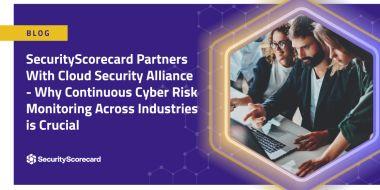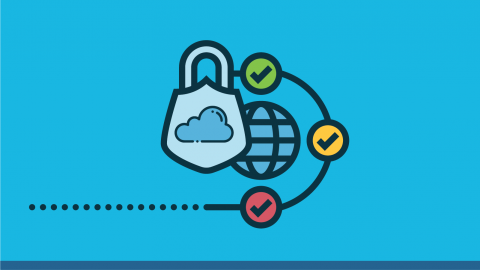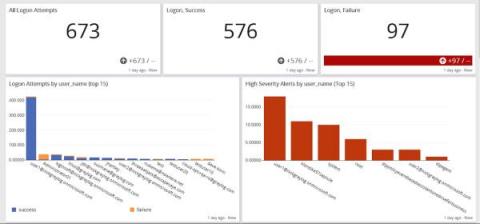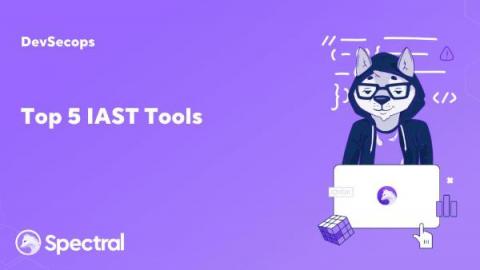SecurityScorecard Partners With Cloud Security Alliance - Why Continuous Cyber Risk Monitoring Across Industries is Crucial
Effectively evaluating risk goes a long way toward improving an organization’s cybersecurity posture. The Cloud Security Alliance (CSA) is the world’s leading organization dedicated to defining and raising awareness of best practices to help ensure a secure cloud computing environment. CSA’s partnership with SecurityScorecard will enhance their members’ ability to evaluate their own risk and that of their entire business ecosystem.










